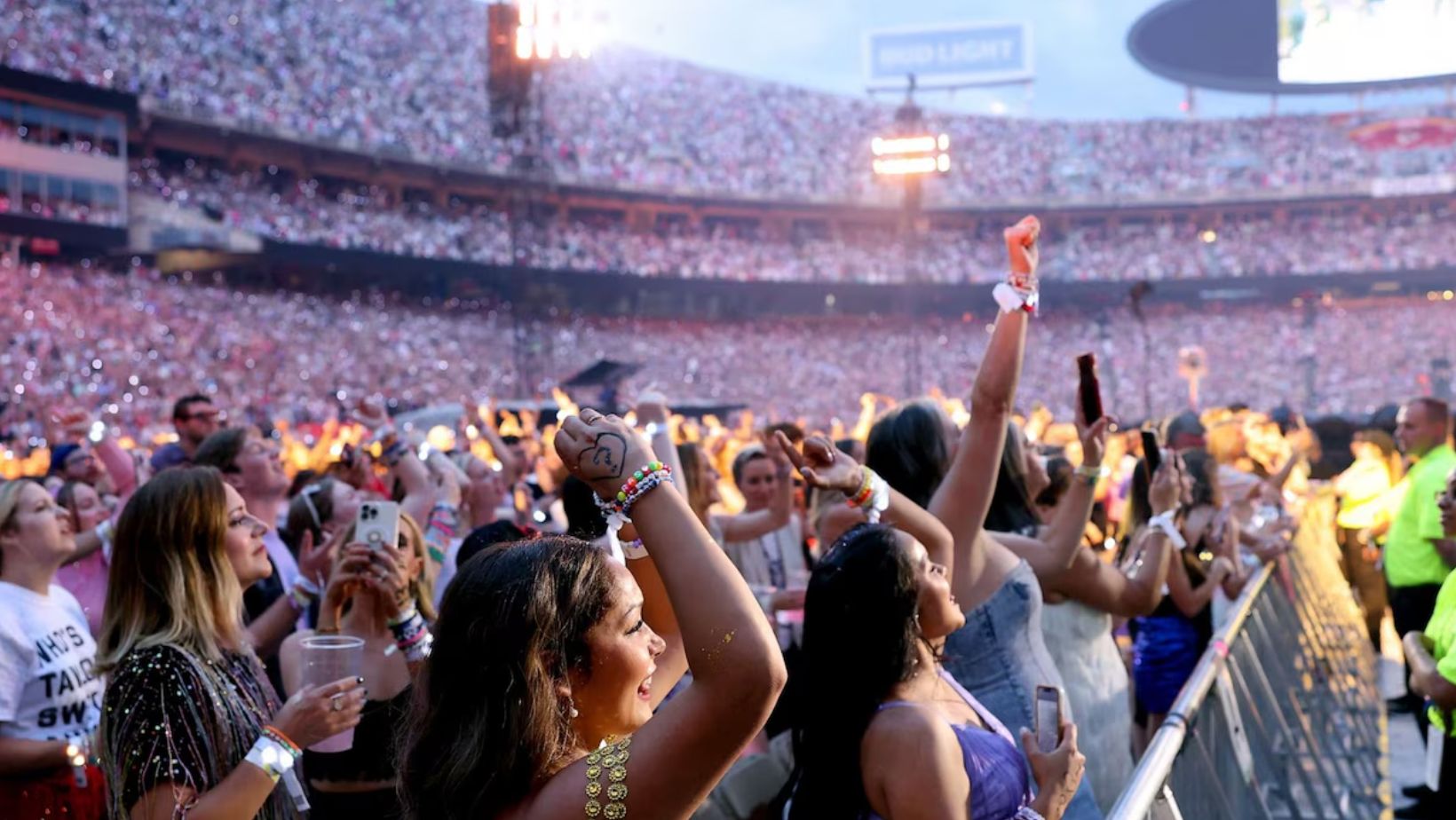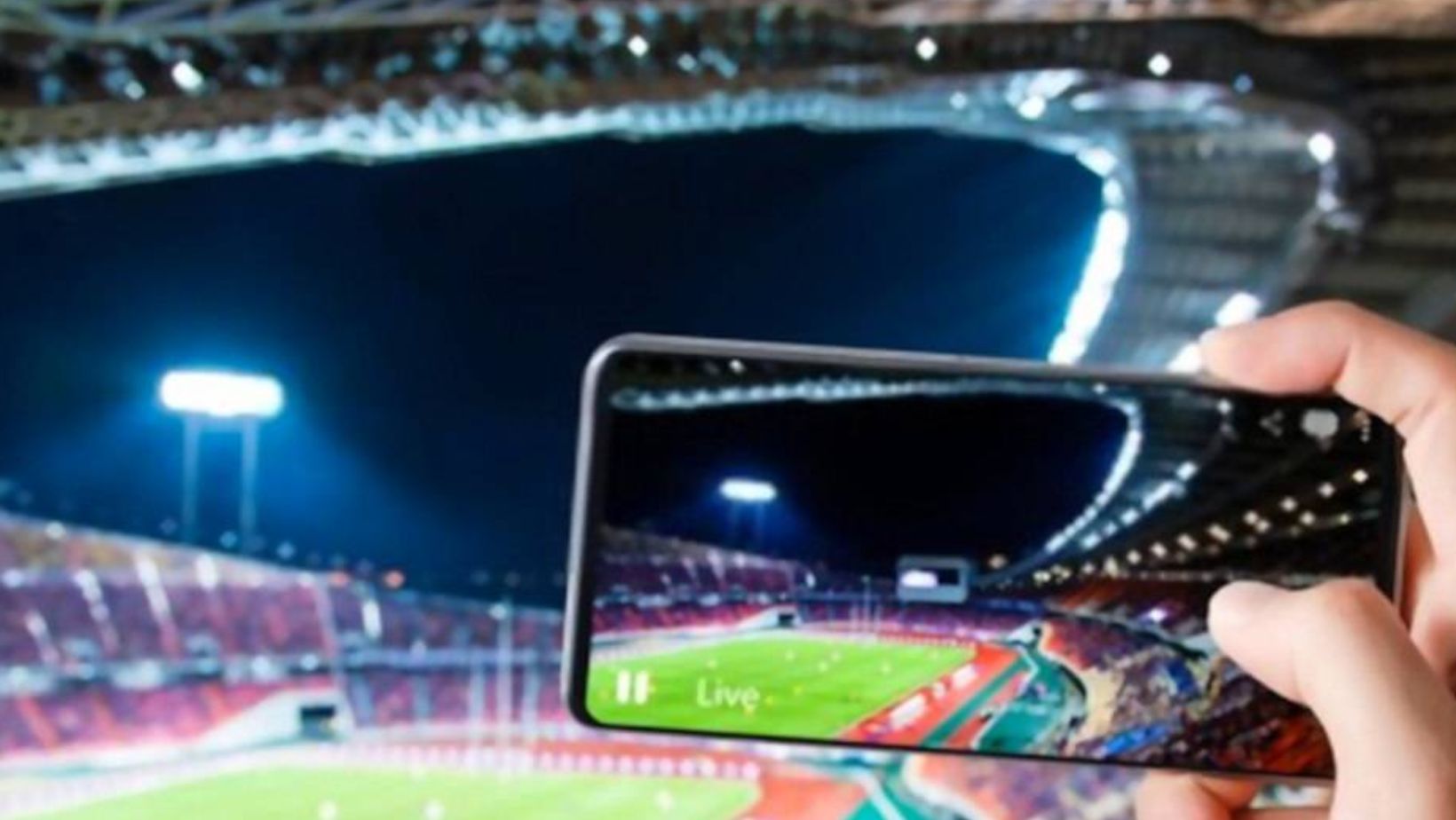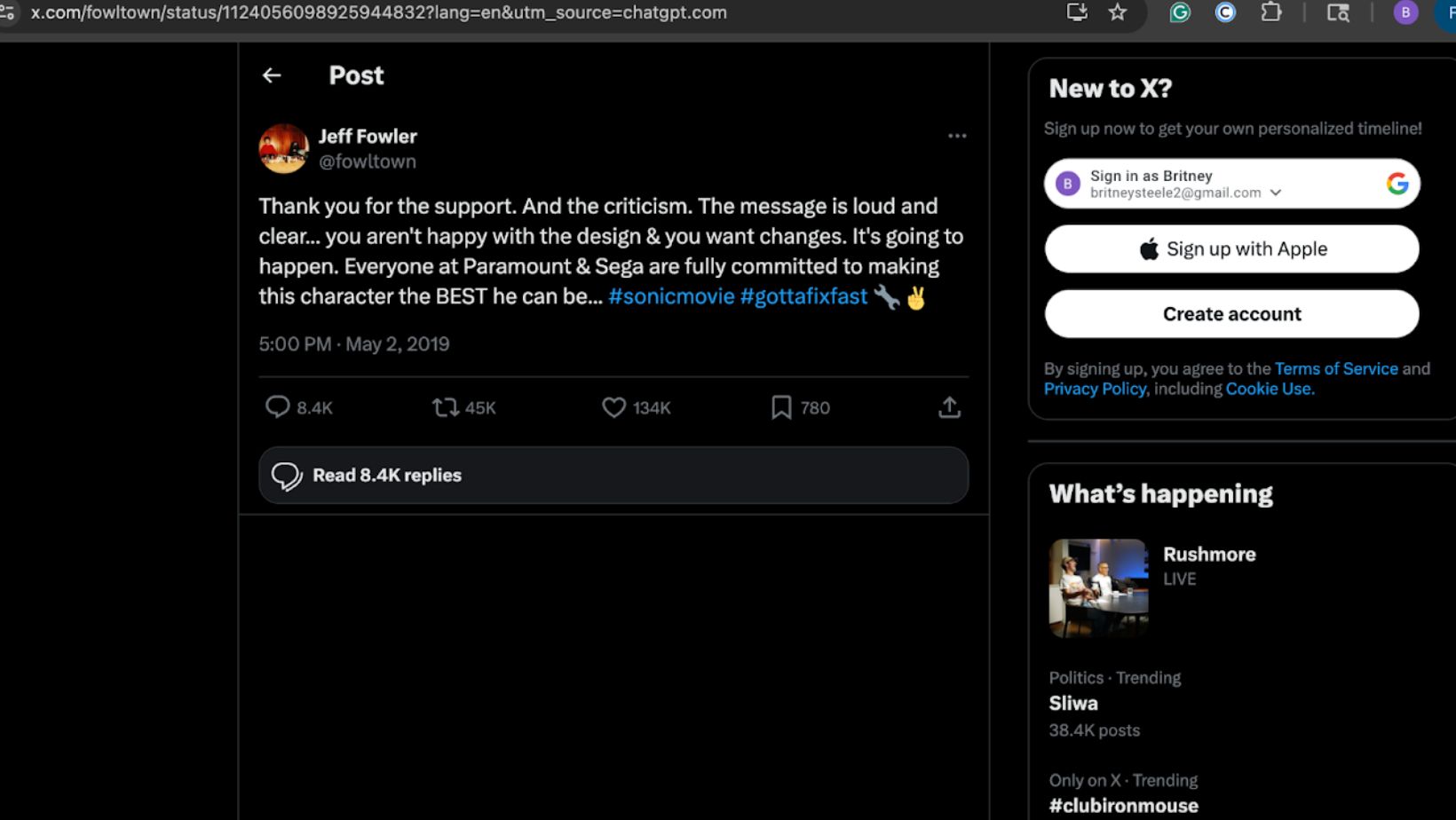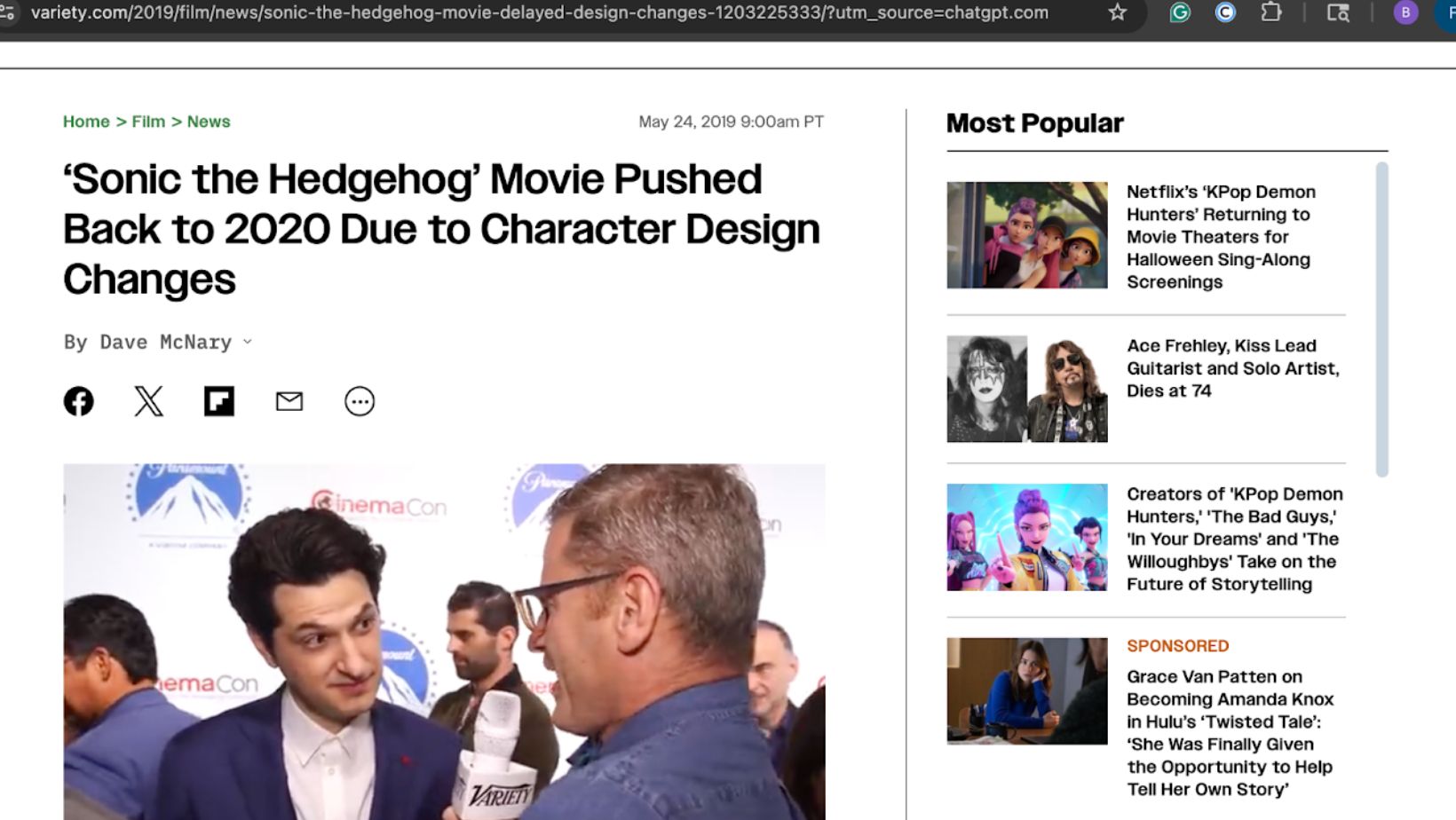A single moment can now move the world. A reaction video, a post-game celebration, or a red-carpet glance can spark thousands of posts and millions of conversations.
Fandoms are behind that momentum. They turn everyday moments into global conversations that spread faster than the original event itself.
Through emotion, participation, and technology, fandoms have redefined how culture spreads and who controls it.
Why Fandoms Have So Much Power
Fandoms are built on emotion, connection, and shared identity. They’re communities driven by passion, which gives them influence on what moments gain attention and which ones fade away.
Recent research shows that 80% of consumers say their fandom brings them excitement and joy. And more than half interact with their favorite fandom daily.
Think fan art, fan fiction, streaming platform parties, or simply sharing clips and memes that keep the conversation alive.
This engagement creates a constant stream of content and collaboration that can propel even the smallest moment into mainstream awareness.
The Psychology of Belonging
Fans want to participate in something larger than themselves. In sports, that desire extends into technology that allows them to feel part of the action. Betting apps like DraftKings use this psychology to create immersive experiences.
The app’s UX focuses on instant feedback, clear visual cues, and simple navigation that reinforce engagement. Each interaction feels meaningful because users see the impact of their choices in real time.
The Shift from Audience to Participant
Fans no longer observe culture from the outside. They create. Each comment, remix, edit, and post adds to the shared experience. Platforms and content creators now plan with this in mind, designing content that invites participation rather than passive viewing.

This is evident in sports, music, movies (e.g., Star Wars, Harry Potter, Star Trek), and various other forms of popular culture.
One example is the marketing campaign for the Barbie movie in 2023. Long before the film’s release, fans generated countless memes, outfit recreations, and social challenges tied to its pink aesthetic.
The studio leaned into that enthusiasm by encouraging user-generated content (UGC), knowing that user creativity would fuel global visibility.
What began as audience excitement turned into a collaborative cultural event that blurred the line between promotion and participation.
The same pattern plays out in music and sports fandoms. Taylor Swift’s Eras Tour sparked a similar participatory culture.
Fans created friendship bracelets, decoded setlist patterns, and shared outfit guides online. These are activities that become part of the collective experience.
Sports communities have followed the same path. The rise of fan-created highlight reels and commentary channels has turned spectators into storytellers.

Entire online ecosystems now form around amazing plays, celebrating athletes, and remixing iconic game moments. These micro-communities keep the conversation alive long after the final whistle.
The line between creator and consumer is increasingly thin. Fandoms blur it completely, making every reaction part of the story.
The Ripple Effect: How Fandoms Turn Everyday Moments Into Movements That Shape the World
In the past, mass media dictated which stories reached global audiences. Now, a moment becomes a movement through repetition and reach.
When fans connect over something that excites them, the response compounds. They clip, caption, and circulate moments across multiple social networks…until they take on a life of their own.
One fan posts an online video, another adds subtitles, and a third creates a meme that travels further than the original.
For example, the release of Drake’s Hotline Bling video in 2015 sparked one of the most replicated memes online: Drakeposting, a template that still dominates feeds a decade later.

Each share builds momentum. And that momentum becomes measurable. Social media algorithms amplify the posts that are already popular. And fandoms intuitively understand how to feed the system.
They post at peak hours, use shared hashtags, and tag other communities to expand reach. What looks spontaneous from the outside is often a synchronized wave of activity powered by emotional connection and a deep understanding of how online momentum builds.
This can happen across any topic, such as film premieres, athlete interviews, or spontaneous livestream clips. Fandoms amplify moments that resonate. And their networks make that amplification almost instant, faster than any ad campaign.
You can see this in countless examples. Think movie trailers that trend before release because fans dissect every frame, or athlete reactions that turn into viral GIFs within minutes of airing.
During the COVID-19 pandemic, K-pop fans used their communities to spread public health messages. Their posts received 111 times more engagement than institutional accounts, showing how quickly collective action and fan culture can transform communication.
How Businesses Are Learning From Fandoms
Fan studies offer a blueprint for how Gen Z audiences engage, organize, and spread ideas online.
Businesses are starting to follow their lead. While many brands use influencer marketing to expand reach, they also study how fan communities around pop culture build momentum on their own.

Nike’s Air Max “Barbiecore” drop gained attention months before release when “Swifties” linked the color palette to Taylor Swift’s tour outfits.
The connection went viral and drove coverage that no campaign could’ve planned. Film studios, tech brands, and even video game developers now do the same. They track online discussions to predict how people will respond before a teaser or trailer even launches.
When Paramount released the first trailer for Sonic the Hedgehog, fans immediately criticized the character’s design. Within days, hashtags and reaction videos dominated social media platforms, garnering millions of views and comments that called for change.
The studio delayed the film, redesigned the character, and eventually released a version that fans approved.

The movie went on to earn more than $300 million worldwide.
It also went on to become a full franchise, now three films in, with a fourth installment coming to theaters in 2027. This success is proof that online fan response can directly influence creative and business decisions.
The Lasting Power of Fan-Made Moments
Fan energy doesn’t fade when a trend ends. It evolves. What starts as a meme, clip, or shared moment often becomes part of cultural memory.
Fans archive, remix, and reimagine their favorite content. This turns what could have been a passing trend into a lasting story.

Whether you’re a creator, marketer, or business owner, it’s time to start studying fandom behavior. Watch what fans amplify, build around, and refuse to let go of. It’s the clearest signal of where culture is heading next.
Britney Steele

Born and raised in Atlanta, Britney is a freelance writer with 5+ years of experience. She has written for a variety of industries, including marketing, technology, business, finance, healthcare, wellness, and fitness. If she’s not spending her time chasing after three little humans and two four-legged friends, you can almost always find her glued to a book or awesome TV series.


